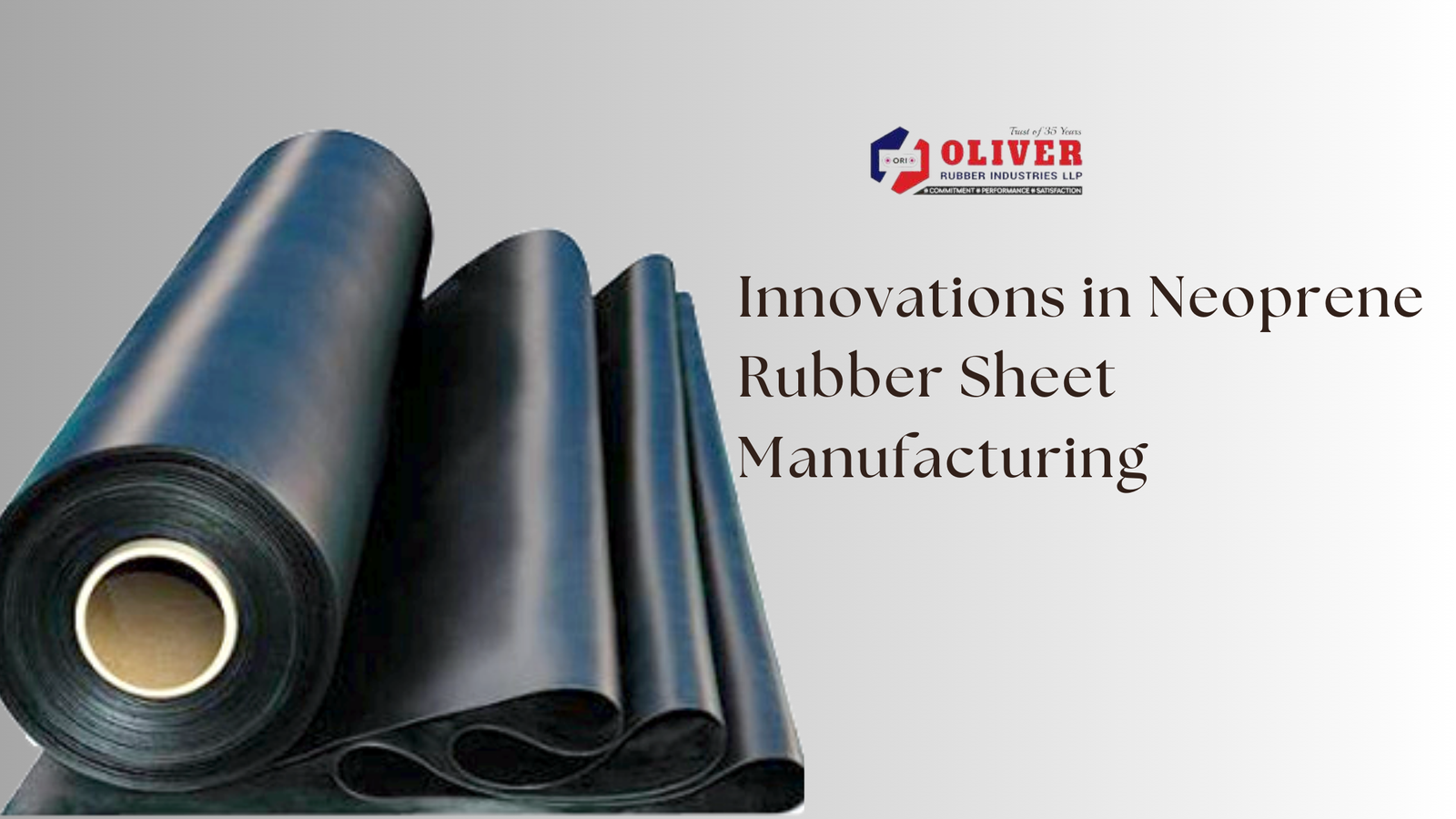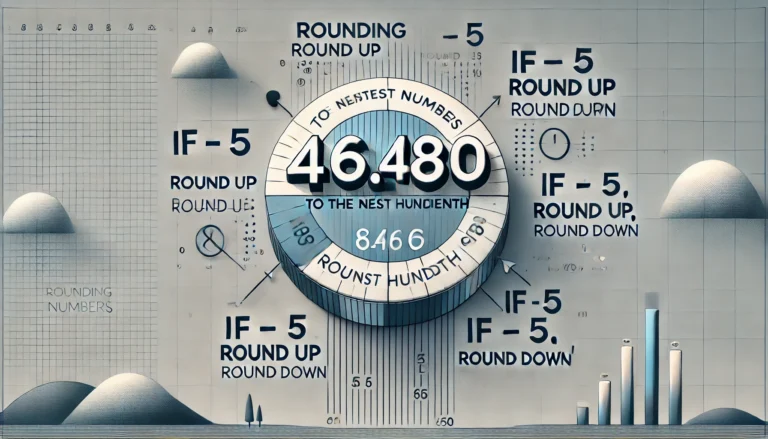
neoprene rubber sheet
The manufacturing landscape is constantly evolving, and neoprene rubber sheets have become an essential material across various industries due to their versatility, durability, and broad range of applications. Neoprene, a synthetic rubber known for its resistance to heat, chemicals, and weather, is used in sectors such as automotive, construction, electronics, and even healthcare. As technology and industry needs advance, so does neoprene sheet production. This blog will explore the emerging trends in neoprene rubber sheet manufacturing that are set to define the future of this market.
1. Advances in Customization and Precision Engineering
One of the most significant developments in the neoprene rubber sheet manufacturing sector is the growing ability to offer highly customized solutions. Today’s manufacturers are equipped with advanced machinery and technologies that allow them to produce neoprene sheets with precise specifications tailored to the exact needs of their customers. Customization options now include variations in neoprene rubber sheet density, thickness, hardness, and color.
For example, industrial clients may require a neoprene rubber sheet 10mm thick for cushioning or insulation in heavy machinery. Other industries, such as construction, might demand thinner, more flexible sheets for gaskets or weatherproofing. This trend toward customization has not only allowed manufacturers to meet specific performance requirements but also opened up new applications for neoprene sheets in industries that demand precision-engineered materials.
2. Sustainability Initiatives and Eco-Friendly Production
With the growing emphasis on sustainability and eco-friendly manufacturing, neoprene rubber sheet producers are increasingly adopting greener practices. Traditionally, synthetic rubbers like neoprene are petroleum-based, which can raise concerns about their environmental impact. However, recent advancements have led to the development of more sustainable alternatives and the use of eco-friendly additives that reduce the carbon footprint associated with neoprene production.
Some manufacturers are incorporating recycled materials into the production process, while others are optimizing energy usage in their factories. This trend is expected to continue as industries and consumers alike push for more environmentally responsible materials. The move towards sustainability is likely to lead to increased demand for neoprene sheets, particularly in industries where eco-friendly practices are becoming essential, such as construction and automotive.
3. Enhanced Durability and Resistance for Metal Applications
Neoprene rubber sheets have long been valued for their excellent chemical, oil, and weather resistance, making them a popular choice for metal applications. One emerging trend is the growing use of neoprene rubber sheets for metal protection. Metal parts and components, particularly in industries like construction, marine, and automotive, are often exposed to harsh environments, leading to corrosion and damage over time.
Neoprene rubber’s ability to provide a strong protective layer against chemicals, moisture, and extreme temperatures has made it a reliable solution for extending the lifespan of metal components. Manufacturers are now developing neoprene sheets with even higher durability and enhanced resistance to extreme conditions, further boosting the material’s appeal in these sectors. This trend is expected to grow, as industries seek materials that can reduce maintenance costs and increase the longevity of metal parts.
4. Improved Neoprene Rubber Sheet Specifications
Another important trend is the ongoing improvement of neoprene rubber sheet specifications to meet the increasingly complex demands of different industries. Neoprene sheets are now being designed with enhanced features such as improved tensile strength, greater resistance to wear and tear, and better resistance to chemicals and high temperatures.
For instance, advancements in polymer chemistry have enabled the development of neoprene sheets that can withstand extreme heat without compromising their structural integrity. These heat-resistant neoprene sheets are particularly useful in applications such as automotive gaskets and seals, where materials are frequently exposed to high temperatures and harsh conditions. As industries continue to require more robust materials, manufacturers are likely to keep pushing the boundaries of what neoprene rubber sheets can achieve.
5. Broadening Scope of Neoprene Rubber Sheet Uses
The versatility of neoprene rubber has always been one of its key strengths. However, recent innovations have broadened the neoprene rubber sheet uses across a wider array of industries. Traditionally used for gaskets, seals, and insulation, neoprene is now finding new applications in fields like electronics, healthcare, and even fashion.
In electronics, neoprene sheets are being used for electrical insulation due to their excellent dielectric properties. In healthcare, the material is valued for its flexibility and durability, making it ideal for use in medical devices, orthopedics, and personal protective equipment (PPE). Even the fashion industry has embraced neoprene for its use in wetsuits and stylish, durable outerwear.
This trend towards diversification in neoprene applications is likely to continue as manufacturers explore new markets and applications for this highly adaptable material.
6. Localized Manufacturing and Shorter Supply Chains
As global supply chains face increasing challenges, from rising transportation costs to geopolitical tensions, the trend toward localized manufacturing is gaining momentum. Companies are looking to produce neoprene sheets closer to their key markets to reduce lead times and lower shipping costs. This trend has driven an increase in searches like “Neoprene Rubber Sheet near me,” as businesses seek local suppliers who can offer quick turnaround times and more personalized services.
Localized production also allows manufacturers to respond more efficiently to changing customer demands and market conditions. As a result, manufacturers are expanding their production facilities and distribution networks in regions with high demand for neoprene sheets. This trend is expected to grow as companies prioritize agility and supply chain resilience.
7. Competitive Pricing and Increased Market Access
Finally, pricing remains a key consideration for businesses looking to source neoprene rubber sheets. The neoprene rubber sheet price varies depending on factors such as raw material costs, thickness, and specific product features like density and resistance properties. However, advances in manufacturing technologies, along with economies of scale, are helping to keep neoprene sheet prices competitive.
As production becomes more efficient and the global demand for neoprene sheets grows, manufacturers can offer high-quality products at affordable prices. This trend is likely to make neoprene sheets even more accessible to smaller businesses and industries that may have previously considered the material too costly for their needs.
Conclusion
The future of neoprene rubber sheet manufacturing looks promising, with numerous trends driving innovation and growth in the industry. Advances in customization, sustainability, durability, and localized production are reshaping how neoprene sheets are made and used. As demand for high-performance, eco-friendly materials grows, manufacturers will continue to push the boundaries of what neoprene can achieve. Whether you’re seeking a neoprene rubber sheet 10mm thick, interested in neoprene rubber sheet density, or exploring neoprene rubber sheet uses for metal or other applications, the future of neoprene rubber sheet manufacturing promises to deliver innovative solutions at competitive prices.




